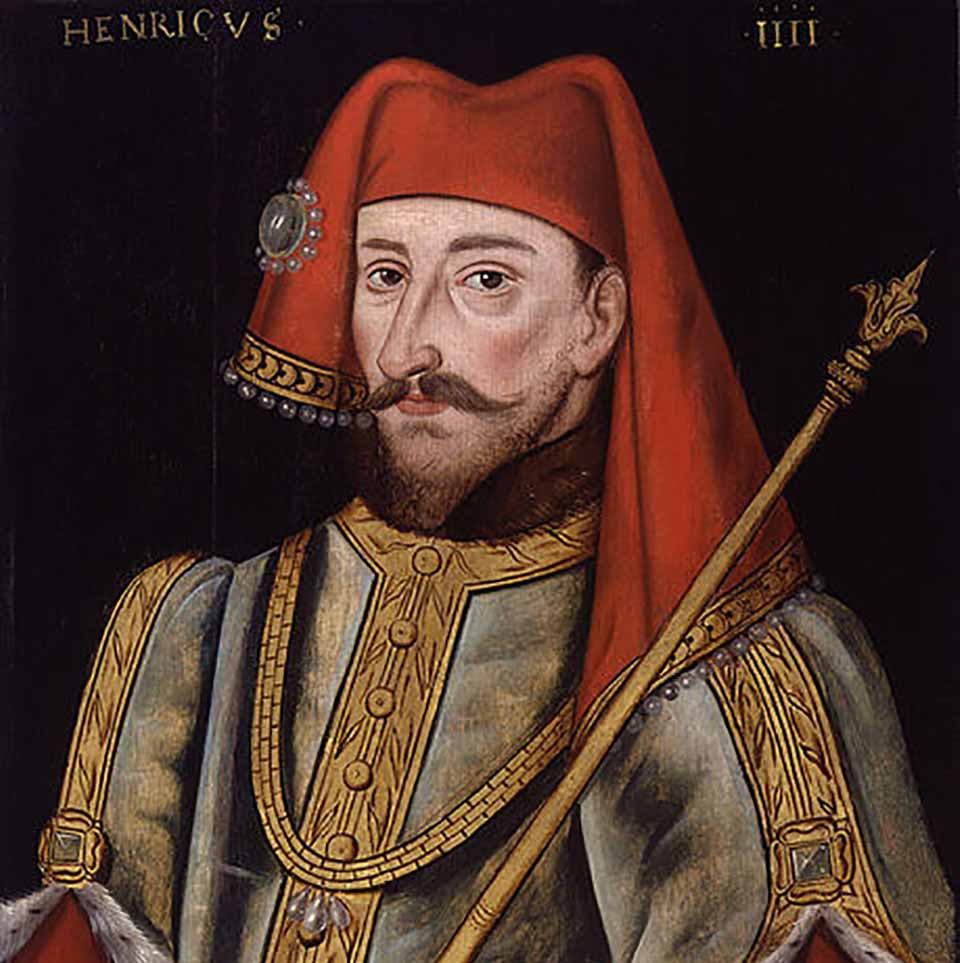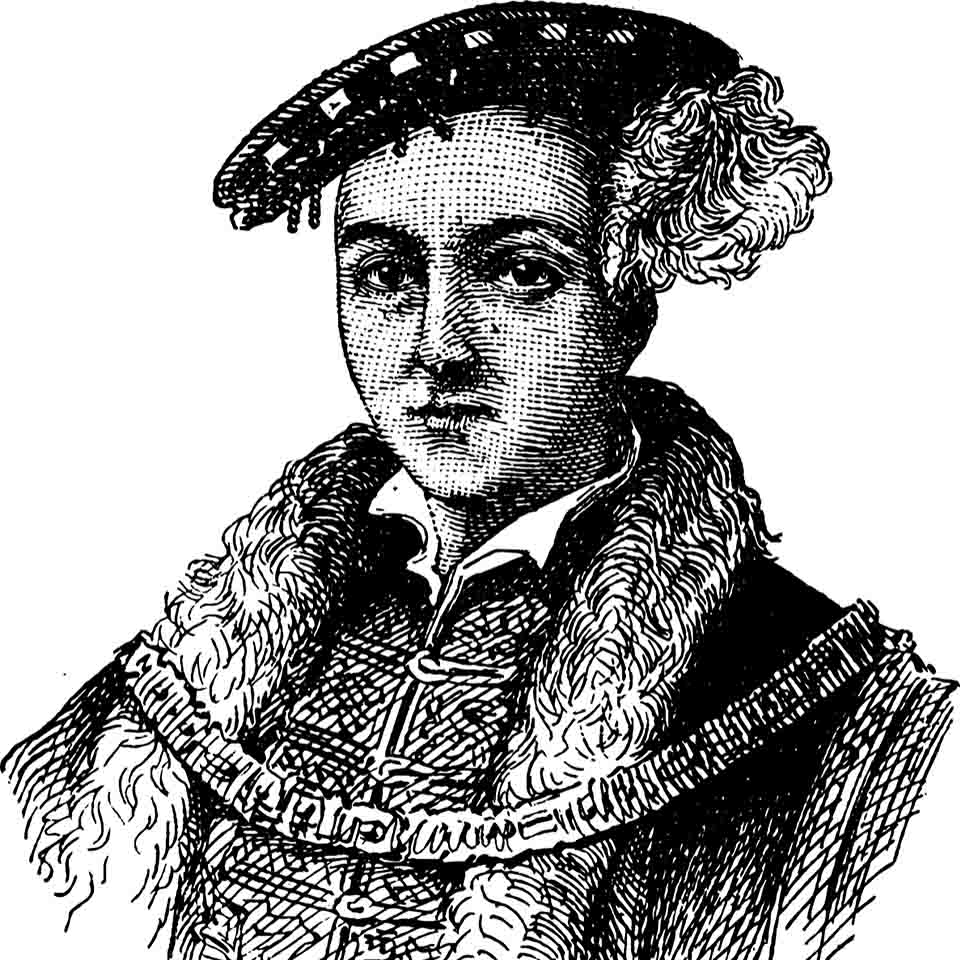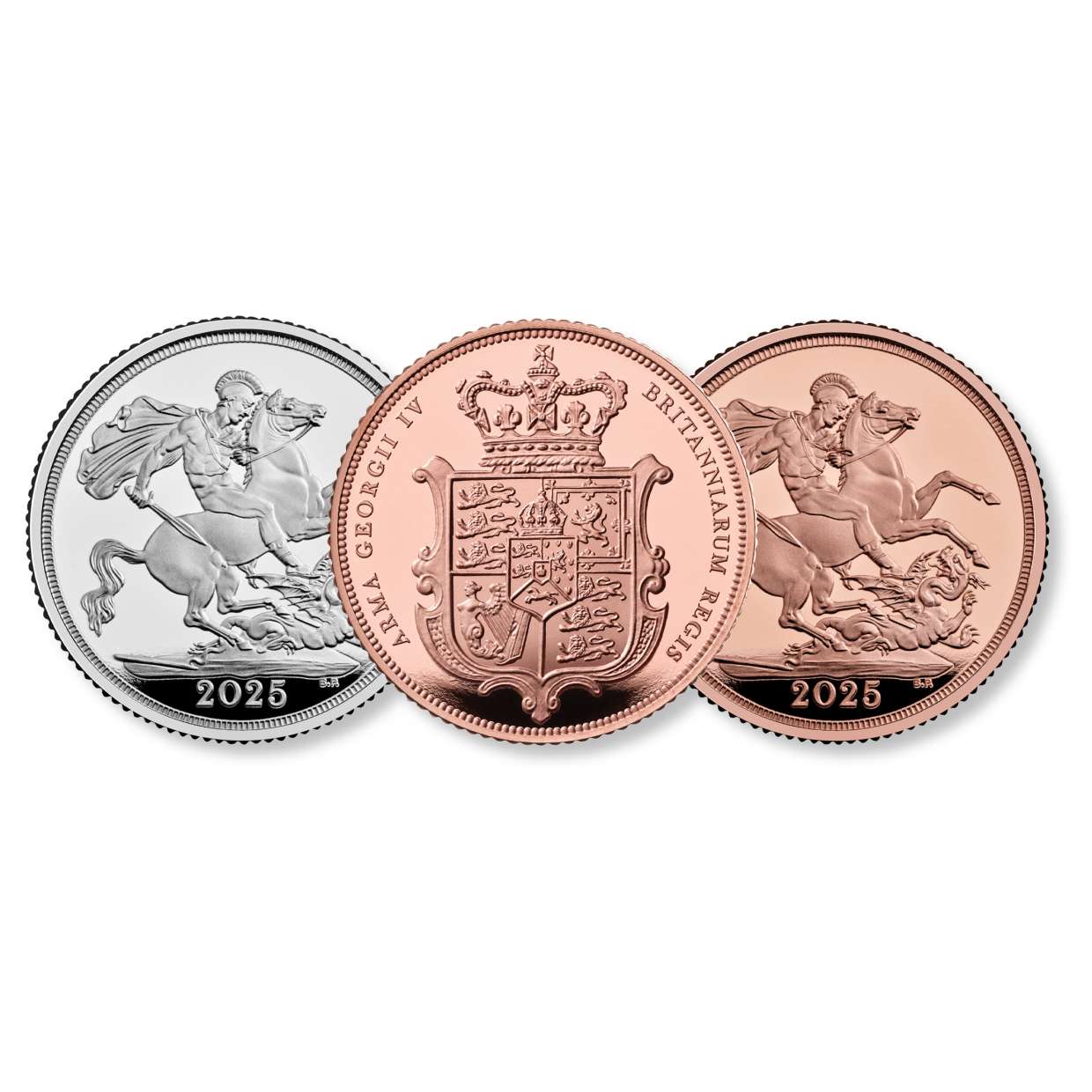King Richard II (1377-1399)
Synopsis
Born in 1367 to Edward the Black Prince and Joan of Kent, Richard II is one of 7 English monarchs since the time of the Conquest to have been ejected from the throne and replaced by another head of state. Other than his forcible removal, he is most famous as the King who put down the Peasant's Revolt of 1381, probably one of the most important, if understated, events in English History.

Boy King
Richard came to the throne in 1377 at the mere age of ten. His father, Edward, Prince of Wales (known to history as 'The Black Prince') had died the previous year, and so Richard II succeeded his grandfather, Edward III. His future antagonist, Henry Bolingbroke, Earl of Derby (later Duke of Hereford, then Duke of Lancaster, and finally, Henry IV) was a boyhood playmate of Richard II, and Bolingbroke's own father, John of Gaunt, Duke of Lancaster, was effectively regent to Richard II during his minority years.
The Peasants are Revolting!
In order to fund the ongoing war in France which Richard II's predecessor had started, a series of heavy and increasingly unpopular taxes were levied. In addition, the Black Death had had a devastating effect on population levels, but those free peasants, artisans and labourers who had survived the plague had found that their bargaining position in terms of the size of wages and the working conditions they could demand had improved due to the labour shortage. Thirty years earlier, under Edward III, a statute had been passed that attempted to set a maximum wage that labourers could earn. This had been largely unsuccessful, but its very existence was a cause for discontent due to sporadic attempts by the nobility to enforce it. The emerging Lollard movement also led to some of the rebels to hold some very radical views that questioned the role and even the need for the fundamental institutions of feudal England, including the Nobility, the Church and the Monarchy (It was John Ball, renegade priest and one of the leaders of the 1381 revolt, who first asked the famous question:
"When Adam delved and Eve span, who was then the gentleman?"
Peasants in Essex and Kent rose up in revolt and, led by Wat Tyler, along with Jack Straw (no relation to the former Home Secretary!), and John Ball, the rebels congregated at Blackheath and then marched on London.
This was the first large-scale revolt in English history that was not led by one of the three pillars* of feudal England against one of the others. The proficiency of English commoners with the armour-penetrating longbow gave them an advantage over well-equipped social superiors that was not enjoyed by the commoners of other nations, and they managed to overrun much of London and kill many of the unpopular nobles, including the Lord Chancellor, the Lord Treasurer and the Archbishop of Canterbury, as well as destroy their property. Although John of Gaunt's person managed to escape the fury of the mob, his London residence did not and was burned to the ground.
The young King however set out to confront the mob. Realising his forces were not enough to crush the rebellion by force, he tried to negotiate. During the course of the negotiations, in which he promised to agree to the demands of the rebels and to pardon them all for the revolt, Wat Tyler was struck down by the Lord Mayor of London, Sir William Walworth. Following this, the 14 year old King rode towards the enraged peasants and took command of them, saying that 'You shall have no captain but me'. The astonished rebels obeyed. Despite the radicalism of many within their ranks, they were still overawed by the dazzling presence of royalty. Richard II had by sheer force of kingly charisma (as well as promises of reform and pardons) arrested the situation and effectively neutralised the rebellion.
Richard II had no intention of keeping his promises of course, and as the rebels scattered, their leaders were captured and executed and the power of the church and landowning classes was soon restored. In spite of the rebellion's failure, the precedent set did teach the King and the upper classes that the views of the common people could no longer be completely ignored, and that they could pose a dangerous threat to the government and the nobility if pushed too far.
Coming of Age
In 1382, the year following the Peasants revolt, Richard II began to assert his royal authority and married Anne of Bohemia when they were both 15 years old, the couple were married for 12 years until her death. Whilst she was alive, she was said to have been a moderating influence on her husband's behaviour, often interceding on the behalf of those he wished to see punished.
In spite of the King's decisive handling of the Peasant's Revolt, the King was not well respected by the nobility, and he reigned with the aid of some deeply unpopular favourites. His view that a monarch should be absolute was not well received by the nobility, and Richard II spent much of his time struggling with them for power. In 1485, Richard faced the opposition of his uncle, the Duke of Gloucester, the Earl of Arundel and the 12th Earl of Warwick, who first forced a council of control upon him and then, in 1388, anticipating a move by the king to raise an army and reassert his power, raised an army of their own that defeated the Royal Army at Radcot Bridge. Richard II was captured and forced to give in to their demands by calling a Parliament that effectively stripped the king of all of his powers. This Parliament, also known as 'The Merciless Parliament' had the king's detested favourites put to death or, if they were lucky, exiled.
Although Richard II was powerless to do anything about his situation for the time being, he bided his time and awaited a favourable moment to make his move against the impudent barons who had dared to commit the crime of lesse majestie against him by openly threatening him with deposition and death if he did not agree to their demands. King Richard did not forgive, and he did not forget...
The Tyranny of Richard II
Richard II gradually worked to rebuild his power base at the centre of government. In 1489, Richard's stanch ally, John of Gaunt returned from the continent and authority was restored to the King, tempered by the moderating influence of Lancaster and his Queen. At this point the King's position was too precarious to make any serious moves against the Appellant Lords, and so he bided his time. He pursued a policy of peace with France, which negated any need to raise further unpopular taxes in his own name and which would have distracted him from the struggle with those he regarded as his real enemies.
As the negotiations with France wore on, Richard suffered the loss of his wife, Queen Anne, who died in 1394. The death of the Queen was a devastating loss to him politically as well as personally. The Queen was popular and a natural conciliator, and had she lived, the worst excesses of what was to follow might have been avoided, to the loss of many of Richard's opponents, and ultimately, to Richard himself.
Soon after his wife's funeral, Richard II departed England for Ireland as part of a concerted effort to reconcile the Gaelic Irish with the Anglo-Irish in his position as Lord of Ireland. Richard's achievements in Ireland would rank as one of Richard's greatest, alongside his actions in defusing the Peasant Revolt, and upon his return in 1395, he had gained much support at home for his success. Within two years, Richard II felt strong enough to take revenge on those who had humiliated him a decade earlier.
Richard II had the three principle plotters in the Lord Appellant rebellion, Arundel, Gloucester and Warwick arrested. Arundel, who had also insulted the king at his wife's funeral by turning up late for her funeral and asking to leave early, was condemned and executed for treason, Gloucester died in captivity, (allegedly murdered on the King's orders to avoid the scandal of executing a fellow prince). Warwick fared considerably better (albeit with somewhat diminished honour in the eyes of some of his contemporaries) by pleading guilty to the charges and begging for the King's mercy. Subsequently, he was merely stripped of his lands and titles and then imprisoned, where he remained in captivity for the rest of Richard II's reign. Other, lesser players in the rebellion were also sent into exile. Amongst these was Henry of Bolingbroke, Duke of Hereford. Ostensibly, the reason for the exile was in order to prevent a duel between him and the Duke of Norfolk, whom Hereford had accused of treason, but in reality, a major part of the reason was in order to get him and Norfolk out of the country, as they had both had a history of opposition to the King. Richard had finally gained his revenge and secured his power, or so he thought.
Richard II Deposed
The legality of these actions was viewed as arbitrary, and taken without due process of law. His actions enraged many of the powerful nobles. However, Richard II felt secure in spite of this. As peace reigned in France (secured by his marriage to the 7 year old Isabella of Valois in 1496) he had no reason to raise ruinous taxes that would dent his popularity. However, a series of events in 1399 rapidly led to the downfall of the King.
The first came on the 3rd of February, when John of Gaunt, Duke of Lancaster died. Not only had Richard lost one of his most powerful allies (and a moderating influence on his behaviour) but his title and lands would now pass on to the exiled Henry of Bolingbroke. Richard feared for the consequences of allowing him to inherit the powerful assets of his late ally, and so, in another example of his arbitrary impulses, he extended what had originally been a 10 year exile into a lifetime banishment, and stripped Bolingbroke of his right to inherit the lands and titles of his late father. Richard II felt secure enough to do this because as an exile in France, he considered that it would not be in France's interest for them to support or allow Bolingbroke to return to England and become a powerful influence at the English court, because as a member of the War supporting faction (in opposition of the pro-peace Richard II) this would increase the likelihood of England returning to war with France.
In fact, so secure did Richard II feel in his position that he took the risk of removing himself from events in London to partake in a new expedition to Ireland to secure English rule there. As it turned out, this proved to be a fatal mistake.
In March of 1399, Louis I, Duke of Orleans, seized control of the French Court of his incapacitated brother, Charles VI. Louis viewed it as expedient that Bolingbroke should be allowed to leave France for England, and he did so, landing in Yorkshire. The Duke of York, whom Richard II had left in charge of England in his absence, quickly threw his support behind Henry, who at this stage claimed only to be taking his rightful inheritance as Duke of Lancaster. As news of his landing spread, many more flocked to his banner, and the City of London, with whom Henry had always been popular, opened its gates to him.
Richard II realised that his position in England was now all but hopeless, and he resigned himself to surrendering to Henry, which he did at Flint Castle in Wales having landed nearby in August. Richard II was brought back to London and imprisoned with the Tower, where it was argued by Bolingbroke's supporters in Parliament that Richard's arbitrary rule had rendered him unfit to wear the Crown. Several weeks later, on the 30th of September, Richard II abdicated in favour of Bolingbroke, who crowned himself as Henry IV on the 19th of October.
However, removing the Crown from God's anointed monarch was not a concept that many in 14th Century England understood, even amongst some of those who had been opponents of the King, and a plot to kill the new King and restore Richard II was uncovered in January 1400. Although the plot had been uncovered quickly and quashed in the early stages, it highlighted the threat the deposed king still posed while alive. Richard II conveniently died at Pontefract Castle the following month, apparently by being starved to death on Henry IV's orders, before being quietly buried at King's Langley.
Rumours persisted throughout the reign that Richard II was still alive throughout Henry IV's reign, and were only quashed in the reign of his son and successor Henry V, who had Richard II's body exhumed and honourably reinterred in 1413 at Westminster Abbey, as befitted the dignity of a dead King.
Legacy
Richard II showed promise in his early reign. However, his arbitrary actions during his reign ruined his reputation and, when he lost the moderating and restraining influences of his first wife, and then the Duke of Lancaster, his arbitrary pronouncements and actions became more outrageous and dangerous, alienating many of the nobility as well as the citizenry of London. He had successfully restored his authority as King following the Lord Appellant Rebellion of 1488, and could have retained it if he had been more forgiving and pragmatic. In many ways he had the makings of a good king, as his actions during the peasant revolt, the pacification of Ireland and the peace treaty he had obtained from France demonstrated. However, all these achievements were thrown away by his policies of vengeance towards his enemies. Richard II successfully gained the revenge he had wanted against the principle leaders of the Lords Appellant, but for this, he paid the highest price any monarch could have paid for his foolish actions.
Numismatically, the coinage of Richard II was little different from those of his grandfather, Edward III or those of his successor Henry IV. He maintained the weight standards bequeathed to him his predecessor, but made no attempt to restore the previous weights as they had been before his grandfather had reduced them in order to fund his campaigns against France.
*Consisting of the Monarchy, the Aristocracy and the Church
A history of Kings and Queens of England - Learn more about the Kings and Queens that reigned England throughout the different monarch dynasties (1066-2022).
Related Blog Articles
This guide and its content is copyright of Chard (1964) Ltd - © Chard (1964) Ltd 2025. All rights reserved. Any redistribution or reproduction of part or all of the contents in any form is prohibited.
We are not financial advisers and we would always recommend that you consult with one prior to making any investment decision.
You can read more about copyright or our advice disclaimer on these links.




















